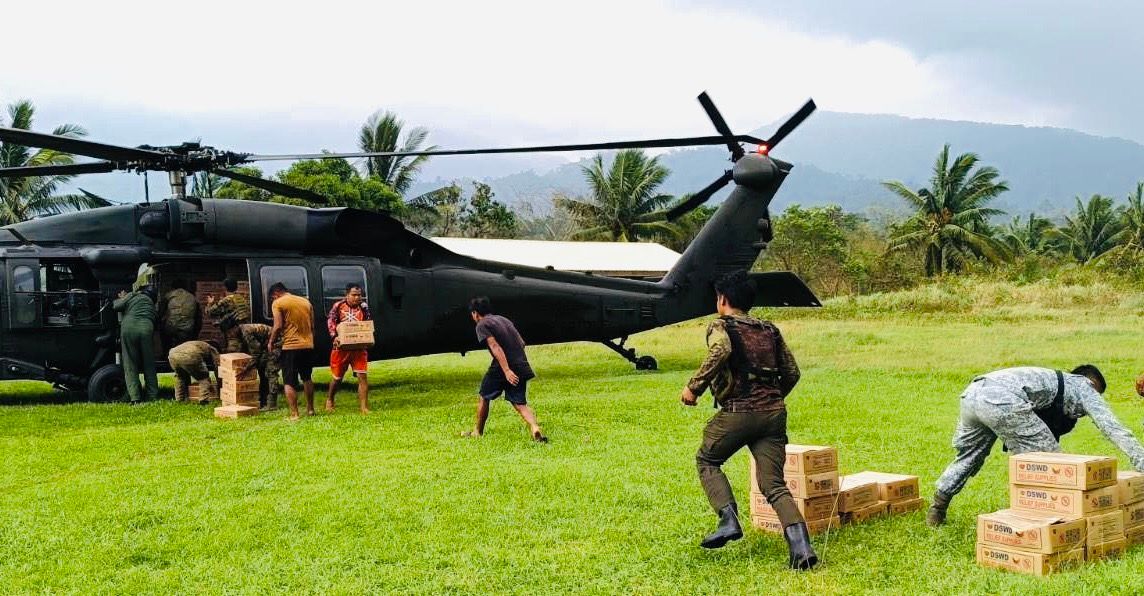Pepito, 2 other cyclones affect 852K persons; zero casualty so far

Super Typhoon “Pepito” pounded Luzon and affected more than 852,000 individuals along with two previous tropical cyclones which struck days apart, the National Disaster Risk Reduction and Management Council (NDRMRC) said Sunday, Nov. 17.
The combined effects of Pepito, Super Typhoon “Ofel”, and Typhoon Nika – which simultaneously entered the Philippine Area of Responsibility (PAR) in just five days from Nov. 9 to 14 – already impacted 852,475 individuals (238,982 families).
Affected regions were Regions 1 (Ilocos), 2 (Cagayan Valley), 3 (Central Luzon), 5 (Bicol) and Cordillera Administrative Region (CAR), where 514,576 individuals were pre-emptively evacuated.
But the biggest takeaway is that the NDRRMC has not yet recorded a single fatality from the three weather disturbances – a stark contrast when Severe Tropical Storm Kristine claimed 162 lives days prior.
Pepito, Ofel and Nika only injured two persons in Central Luzon, the NDRRMC reported.
Stranded in ports
Meanwhile, the Philippine Coast Guard (PCG) said 4,930 passengers were stranded in 53 ports nationwide due to the effects of Pepito.
There were 1,094 rolling cargoes, 19 vessels and 17 motorbancas that were also stranded in various ports in Bicol Region, Eastern Visayas, Southern Tagalog, Central Visayas, and Western Visayas, according to PCG Commandant Admiral Ronnie Gil Gavan.
The PCG sent 6,790 responders in the affected regions to evacuate 327,121 individuals.
Seven vessels and 613 land mobility and surface vehicles were also used by the PCG to send force augmentation and support the national government's humanitarian assistance and disaster relief (HADR) operations.
The Philippine Army (PA) also deployed 81 HADR teams in Catanduanes, Camarines Sur, Albay, Sorsogon and Masbate to support relief operations in Region 5, which bore the brunt of Pepito.
Rescue personnel and KM450 trucks were also fielded in Quezon province and Camarines Norte to assist in HADR operations.
The Army also placed 534 water search and rescue (WASR) teams on standby for possible deployment.

Further, the Philippine Air Force (PAF) flew a Black Hawk helicopter to conduct rapid damage and needs analysis (RDANA) in areas affected by recent typhoons in Northern Luzon on Nov. 15.
It also brought 470 boxes of food packs, hygiene and sleeping kits to isolated areas in Sta. Margarita, Baggao, Cagayan.
Even cadets from the Philippine Military Academy (PMA) in Baguio City also joined in helping those affected by the recent typhoons as Pepito made its way to the Cordillera region.
The PMA’s incident management team (IMT) placed its disaster response task group on alert status and activated the Cadet Disaster Response and Relief Operations Unit, a group of cadets ready to respond to calls for help from nearby affected communities.